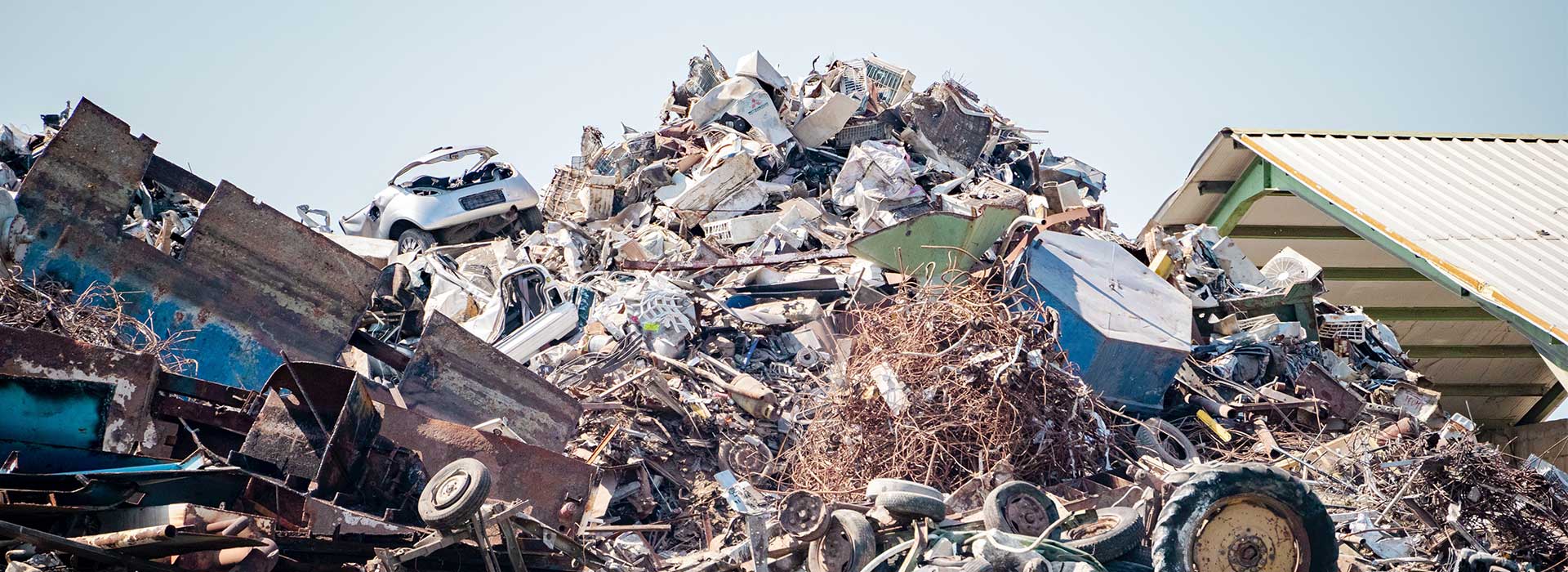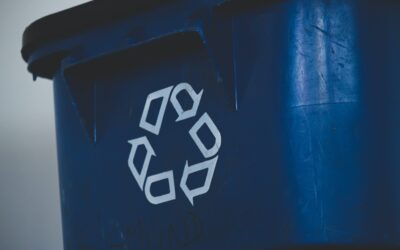I’ve laid enough groundwork at this point that it’s time to start digging into the particulars of the Tontitown landfill gas flaring project.
Tontitown isn’t the only project criticized in the BusinessWeek article, but it is the one with by far the most substantive set of accusations behind it. Most of the criticisms in the article are quotes from individuals expressing skepticism about offsets or RECs. The Tontitown piece of the article, on the other hand, actually brings a number of facts to bear on the question of project additionality.
So this is the one we’re using as a test case. This one has meat on it.
Some basic background: landfills release methane from decomposing garbage. Actually, they release a lot of methane. Methane accounts for roughly 10% of the greenhouse gas emissions in the U.S., and landfills account for one third of that.
Large landfills are required by law to destroy the methane they give off by flaring it. Any methane flaring required by law is not eligible to be a source of offsets.
Smaller landfills, on the other hand, are not required by law to flare their methane. And because methane flaring projects generate no revenue other than from the sale of offsets, such offsets are considered to be highly additional. Put another way, there’s no reason to undertake these super-regulatory projects other than the sale of offsets.
On the surface, Tontitown meets all of the necessary requirements. Waste Management, the company responsible for the project, is not under any regulatory requirement to install a methane flaring system at Tontitown. And the project required a significant capital investment with no possible financial return other than from offsets. The original project verification report certifies that the project meets all of the CCX eligibility rules.
Here’s the rub. Even though the Waste Management was under no regulatory compulsion to install the methane flaring system, they were engaged in an ongoing push-and-pull with the Arkansas Department of Environmental Quality (ADEQ) over a groundwater contamination problem at the Tontitown site.
No one disputes that Waste Management began the project voluntarily. But early in the project history, ADEQ “strongly urged” Waste Management to bring the flaring system online as quickly as possible to address the groundwater problem. Eventually ADEQ went so far as to impose a requirement for “corrective action” on Waste Management, although this requirement didn’t specify the nature of the action that needed to be taken.
Waste Management maintains that the methane flaring project is strictly voluntary, and they are at least technically correct about this. At no point were they compelled to install a flaring system. But if it turns out, as the BusinessWeek article suggests, that Waste Management undertook the project not to reduce greenhouse gas emissions but instead under threat of retaliatory action from a state agency, certainly the spirit of the additionality requirements will be undermined.
For our present review, we will be collecting facts regarding the evolution and design of the project with an eye towards satisfying three additionality tests:
- Timing test. Is the timing of the methane flaring project consistent with offset additionality?
- Financial test. Do the project finances indicate that the project would not have taken place without the revenue from offsets?
- Regulatory test. This may be the most contentious issue — did Waste Management undertake the project voluntarily, or was it compelled to undertake the project by state regulators?
I will be unpacking each of these tests in greater detail in subsequent blog posts, but two very important things to note:
First, there is a tendency to treat additionality as a binary quality. Either the project would have happened, or it wouldn’t have. But reality is more subtle than that. Additionality determinations also take into account the baseline from which the reductions should be measured.
So, for example, in cases like this one where there are multiple possible motivations for the project, our panel of experts could conclude that some of the reductions are additional and some aren’t (which is the same thing as raising the baseline from which the reductions are measured). The key is determining whether Waste Management took steps beyond what was reasonably necessary to deal with the groundwater issue.
Second, one additionality test can bear on another. For example, the financial test could provide evidence that the project is super-regulatory if it can be shown that the project expenditure far exceeds what would be required to deal with the groundwater problem alone.
In case it isn’t obvious, we’ve been having lots of interesting conversations with project participants the past few days. More to come…
Brought to you by terrapass.com
Featured image







